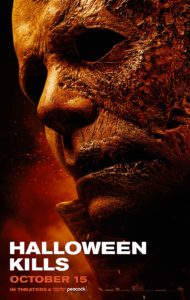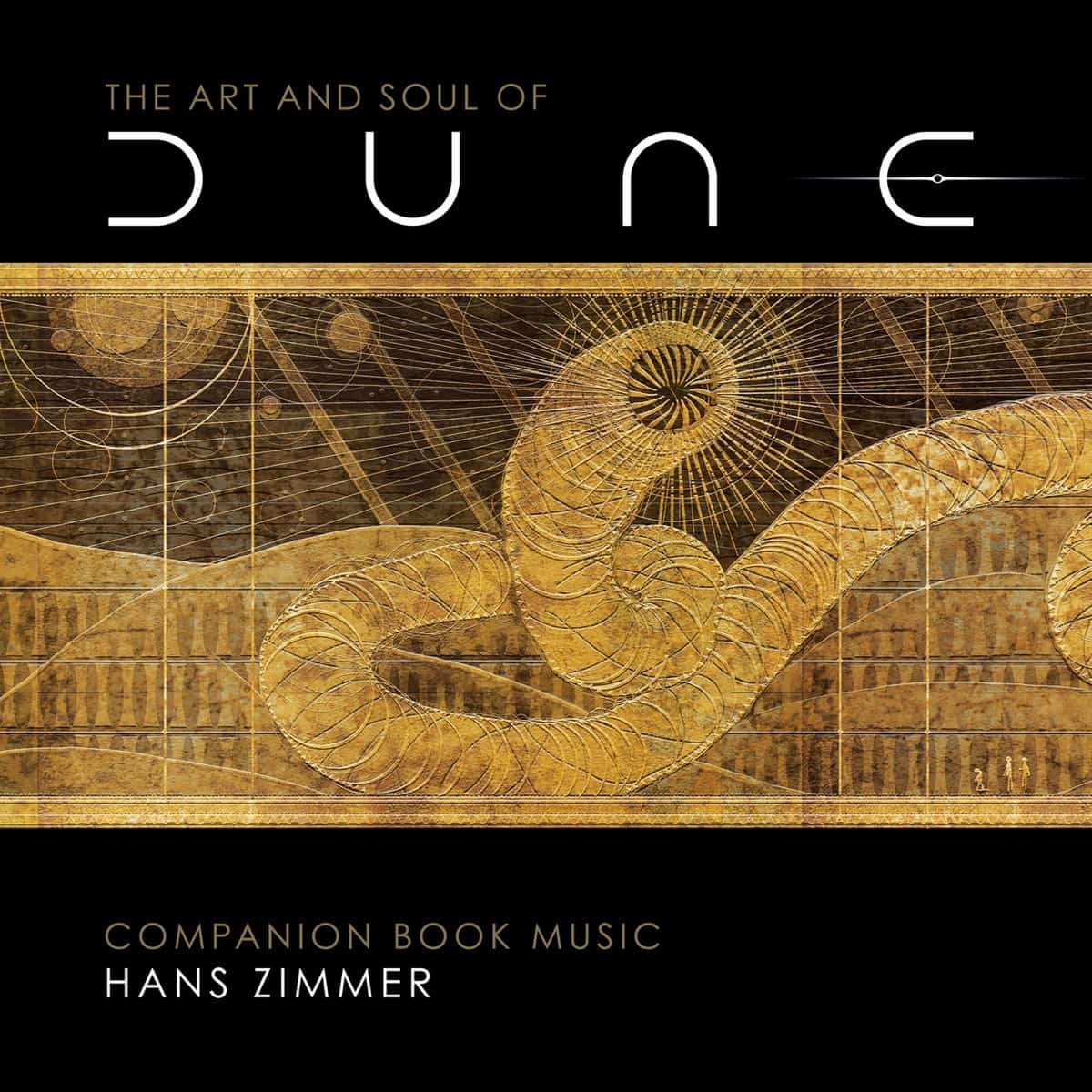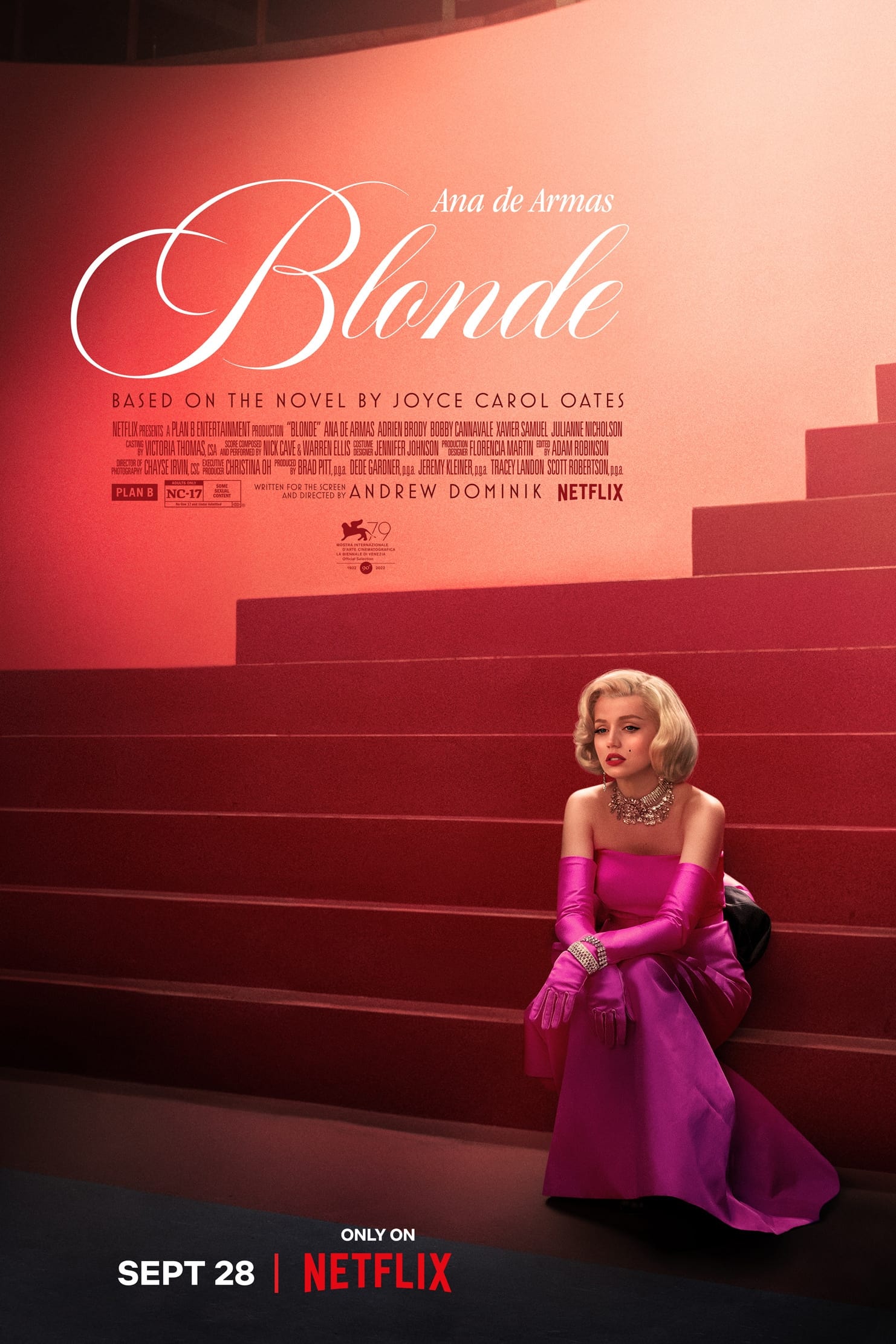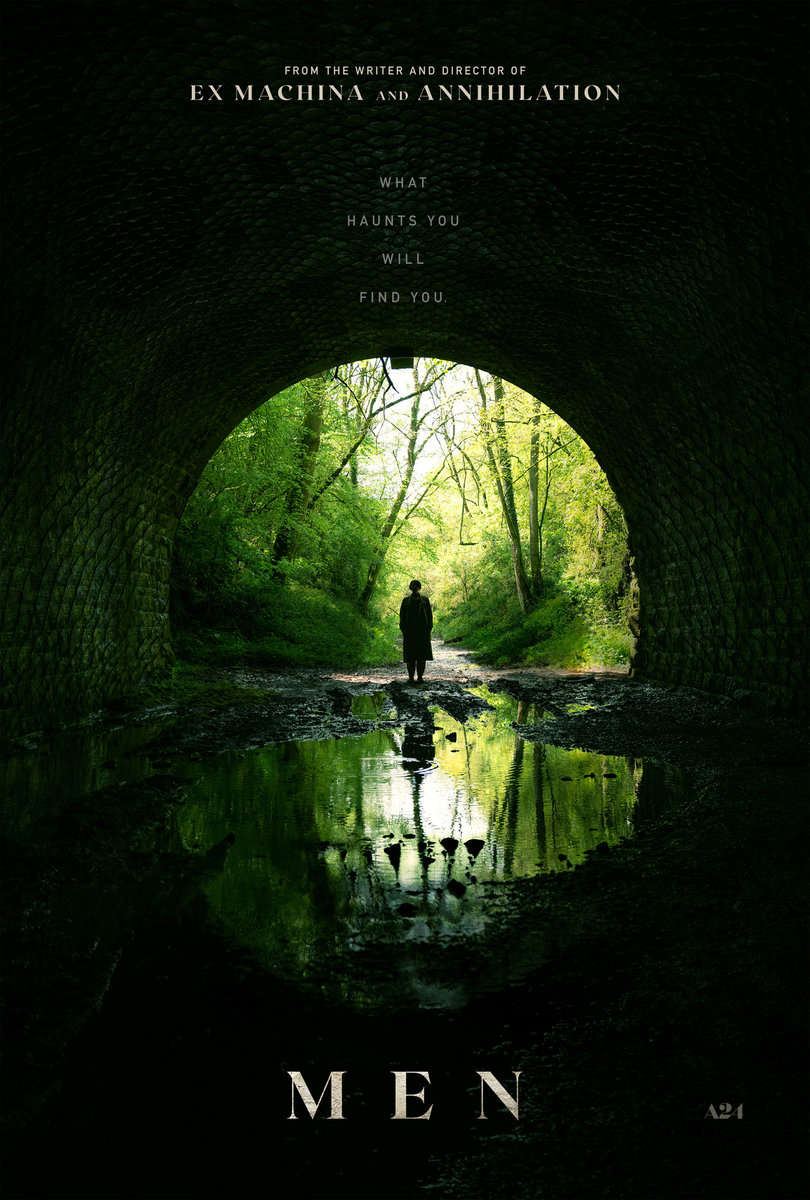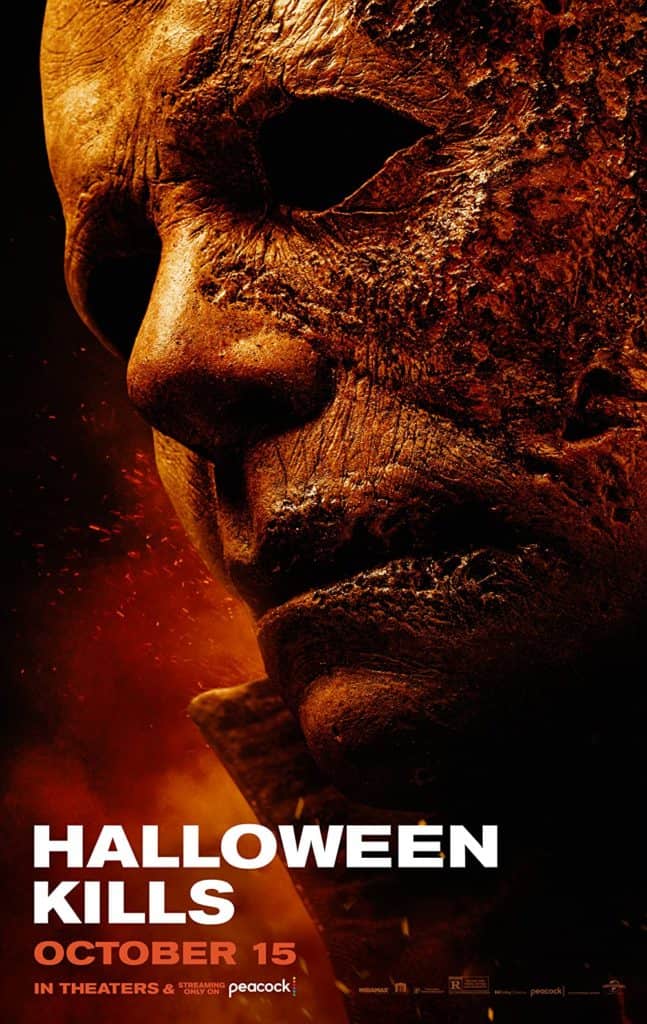
David Gordon Green’s 2018 Halloween was a return to form to many, bringing the franchise back to what made it terrifying in John Carpenter’s 1978 original film. Doing away with the troubled sister twist (and many other interesting choices the sequels had made), the film also brought Carpenter back into the series, in both producer and composer capacities. Who better to score Halloween than the man who directed, composed, and co-wrote (props to Debra Hill) the scariest film of all time, the original? Coming back for Green’s sequel, Halloween Kills, Carpenter, like in 2018’s film, brings son Cody Carpenter and godson Daniel Davies along for the ride and readers, let me tell you: the Kills score is one for the books.
What makes the film so powerful is how it wastes no time in transporting its audience back into what they loved about the original. A series of flashbacks taking place RIGHT after the first film ends tell us as viewers that Green is intent on continuing the fear and pain Myers caused Laurie Strode. But this time around we’re given the collective trauma and pain the entire town of Haddonfield has lived with. Right from “Halloween Kills (Main Titles)” we’re reminded of what we loved in Carpenter’s score for the original, but it’s bigger, more intense, and full of body. The classic theme is alive and well, but this time there’s a ghostly choir-like underpinning to the most iconic piece of music around. It’s ominous, allowing you to recall what you love about the theme, but with added tone and intensity that rejuvenates a piece of music we’ve been familiar with our entire lives.
The flashback scenes use many of Carpenter’s music from the 1978 film, but like “Halloween Kills (Main Theme),” there’s something new about each one, whether it’s the addition of Daniel Davies and his knack for ominous drone or Cody Carpenter’s finger work, which is impressive as hell throughout the score. Following the collective rage of Haddonfield and their bloodlust, those quiet, ethereal moments are challenged with cues such as “Rampage” and “Unkillable.” Both tracks bring Davies and his heavy guitar work front and center, with the backing of some excellent synth pulses, adding a tension juggernaut to the film, something that makes Halloween Kills easily the scariest film in the franchise since Carpenter’s original. When Myers strikes (and hot damn does he strike in this one) we FEEL it, and that’s largely due to what John, Cody, and Daniel bring to the table.
The most unexpected, yet completely welcomed, element to Halloween Kills and its score is how despite being one of the most intense films in the series, there are quite a few introspective moments of heartfelt sincerity. For instance, the moments Laurie Strode and Frank Hawkins share in the hospital have a beautifully haunting piano underscore and, to be honest, it’s impossible not to feel your heartstrings being pulled with cues like “Frank and Laurie” and the ominous yet endearing “Michael’s Legend.” Both cues are the last thing you’d expect from a Halloween film, which is why they work so brilliantly well. Kills is about taking what you expect and turning it on its head, the fine line between revenge and redemption and the disastrous drawbacks of being driven by bloodlust.
John, Cody, and Daniel flawlessly play off of each other, and it’s clear here that the elder Carpenter is truly in his element when working with his younger compatriots. These three are hands down some of the best composers working in horror and it would be great to see them tackle a score outside of the franchise before returning to score Halloween Ends.
About the Author: Harper Smith is a film composer and journalist from California. When not writing about films and the music found within them, they release instrumental music as RainyDaysForGhosts and their debut book, Faith, Doubt, and Existential Horror (an analytical look at William Peter Blatty’s Faith trilogy) is hitting shelves next year via Bear Manor Publishing.
